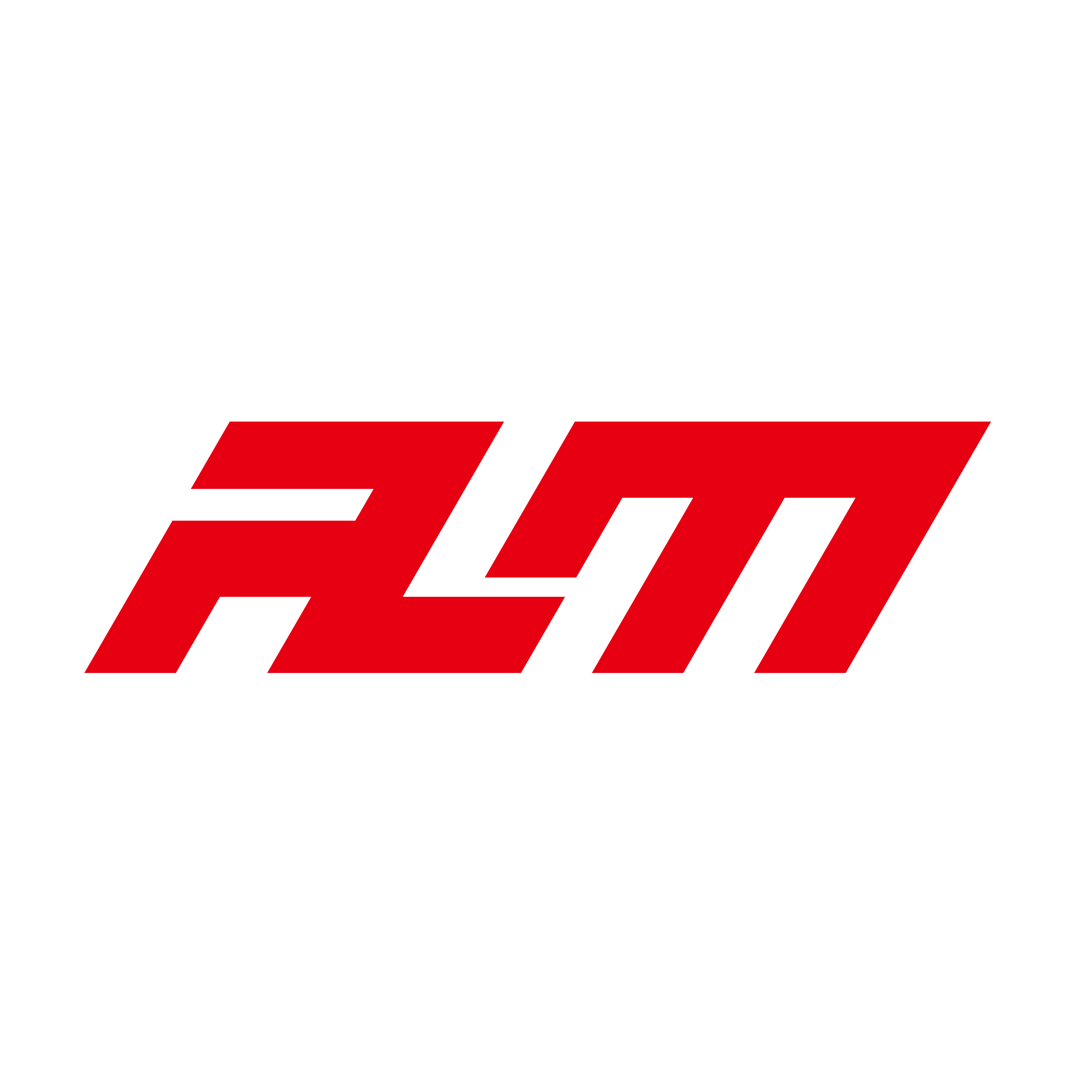Injection molding is a common production method in modern manufacturing, where plastic raw materials are processed and molded using specialized injection molding equipment. The following is the main process flow of injection molding:
Preliminary preparation stage
- Product design confirmation
The customer provides 3D drawings or samples of the product, and the engineer evaluates the structural rationality and confirms the feasibility of injection molding. The focus is on checking key parameters such as wall thickness uniformity, demolding slope, and parting line position. - Mold development
Design molds based on product structure, including core components such as mold base, mold cavity, and ejection system. When selecting mold steel, product precision requirements and production volume should be considered. Common materials include P20, 718, S136, etc.

II. Raw material processing stage
- Plastic selection
Select appropriate plastic materials based on the product’s intended use, with common options including ABS, PP, PC, POM, etc. Factors such as mechanical strength, temperature resistance, and environmental requirements should be taken into account. - Raw material pretreatment
Plastic granules need to be dried to remove moisture. Different materials require different drying temperatures. For example, ABS needs to be dried at 80℃ for 4 hours, while PC needs to be dried at 120℃ for 6 hours.
III. Injection molding stage
- Parameter debugging
Set the parameters of the injection molding machine: including injection pressure (usually 60-150MPa), holding pressure, melt temperature (e.g., ABS at 220-250℃), mold temperature, etc. - Injection molding production
The raw material is plasticized by a screw and injected into a mold. After cooling and solidification, the mold is opened. A typical injection molding cycle includes steps such as mold closing, injection, pressure maintaining, cooling, mold opening, and ejection.
IV. Post-processing procedures
- Go to the gate
To remove the residual pouring system on the product, manual trimming or automated robotic arms can be used. - Surface treatment
Perform surface processing such as painting, electroplating, and silk screening according to the requirements. Special products require secondary processing such as ultrasonic welding or hot plate welding.
V. Quality control process
- First article inspection
The first batch of products needs to undergo comprehensive inspections, including dimensional measurements (using calipers, coordinate measuring machines, etc.), appearance inspection, and functional testing. - Process control
During the production process, samples are taken every 2 hours for dimensional stability monitoring. The SPC (Statistical Process Control) method is employed to ensure consistent quality.
VI. Packaging and Shipping - Product packaging
According to customer requirements, packaging methods such as blister trays and cardboard boxes are used. Anti-static products require the use of anti-static packaging materials. - Logistics and distribution
After completing the final inspection, arrange for shipment and provide a complete quality inspection report and shipping list.
Injection molding outsourcing involves multiple professional aspects, with each process directly affecting the final product quality. When selecting an experienced injection molding outsourcing factory, it is important to focus on its mold development capabilities, production equipment level, and quality management system. High-quality injection molding outsourcing services can not only ensure product accuracy but also help customers reduce costs through process optimization.
